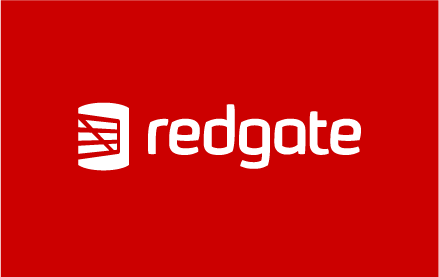Redgate Software Adopts Policy-Driven Approach to Data Protection with New Data Catalog Release
In a move to help businesses simplify their data management practices by automating policy decisions, the latest release of Redgate Software's SQL Data Catalog now provides a simple, policy-driven approach to data protection.










